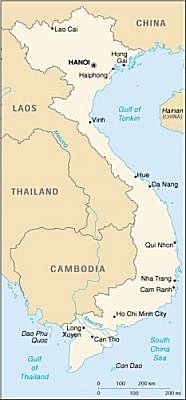
France occupied all of Vietnam by 1884. Independence was declared after World War II, but the French continued to rule until 1954 when they were defeated by communist forces under Ho Chi MINH, who took control of the north. US economic and military aid to South Vietnam grew through the 1960s in an attempt to bolster the government, but US armed forces were withdrawn following a cease-fire agreement in 1973. Two years later North Vietnamese forces overran the south. Economic reconstruction of the reunited country has proven difficult as aging Communist Party leaders have only grudgingly initiated reforms necessary for a free market.
| Location: | Southeastern Asia,
bordering the Gulf of Thailand, Gulf of Tonkin, and South China Sea,
alongside China, Laos, and Cambodia 16 00 N, 106 00 E |
| Population: | 79,939,014 (July 2001 est.) |
| Area: | total: 329,560 sq
km land: 325,360 sq km water: 4,200 sq km slightly larger than New Mexico |
| Climate: | tropical in south; monsoonal in north with hot, rainy season (mid-May to mid-September) and warm, dry season (mid-October to mid-March) |
| Terrain: | low, flat delta in south and north; central highlands; hilly, mountainous in far north and northwest |
| Elevation: | lowest point: South
China Sea 0 m highest point: Ngoc Linh 3,143 m |
| Natural resources: | phosphates, coal, manganese, bauxite, chromate, offshore oil and gas deposits, forests, hydropower |
Vietnam
1991-2016

Le Ngoc Thanh, MD Chief, Department of
Cardiovascular and Thoracic
Surgery,
Viet Duc University Hospital, Hanoi Vietnam
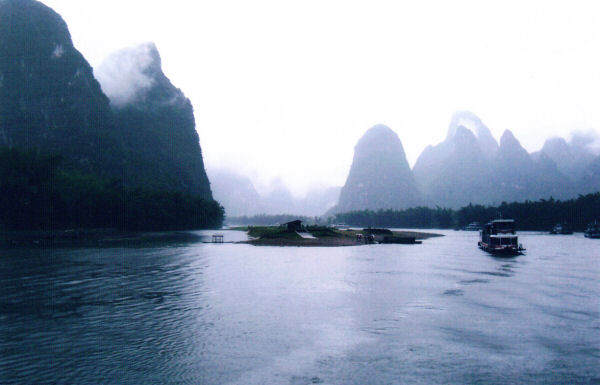 |
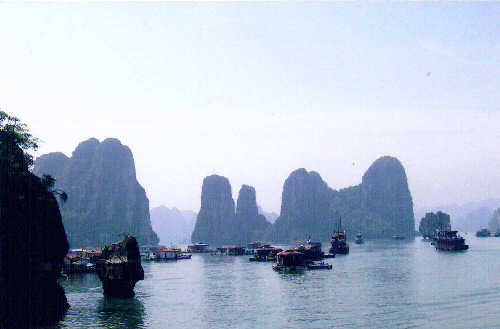 |
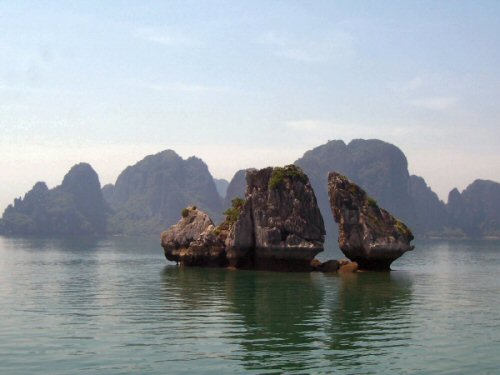 |
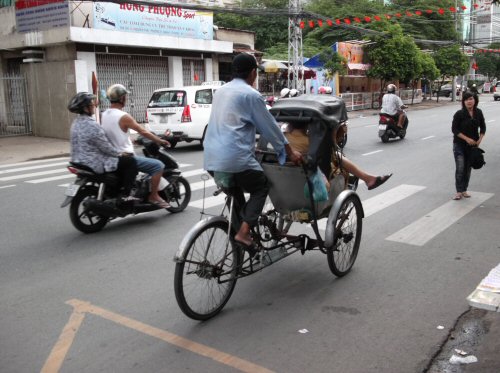 |
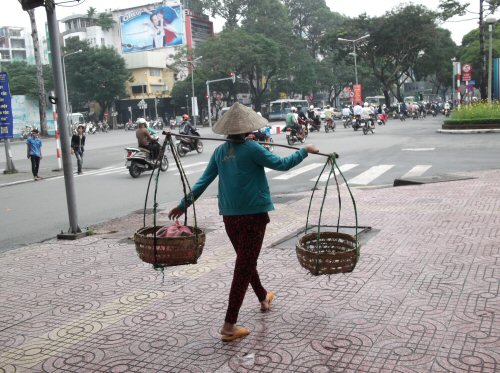 |
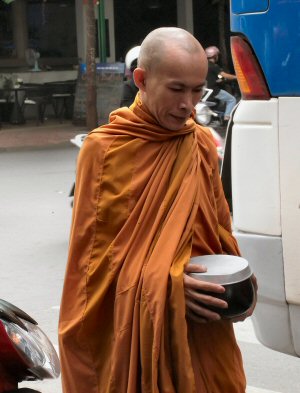 |
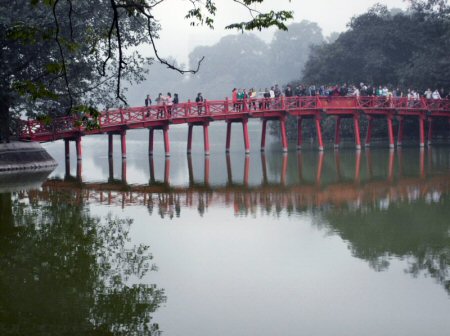 |
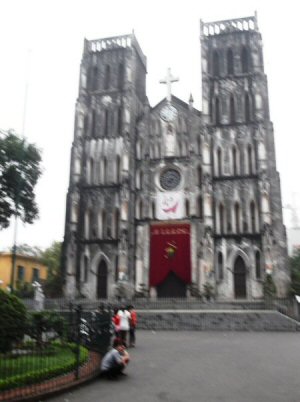 |
 |
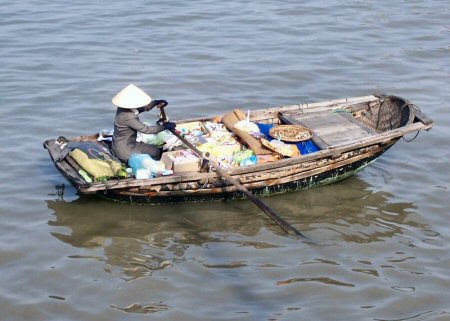 |
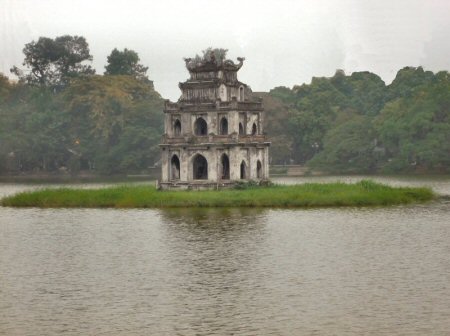 |
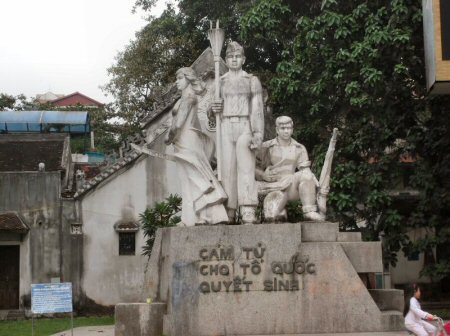 |
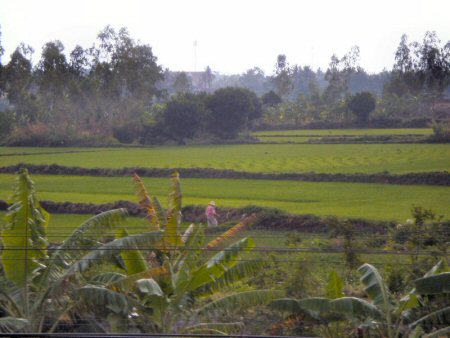 |
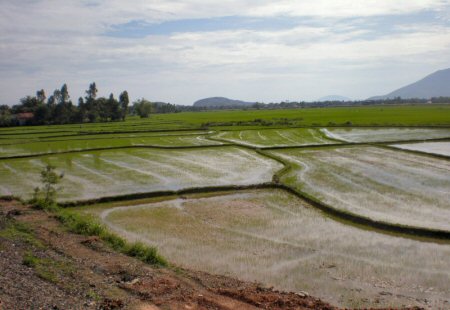 |